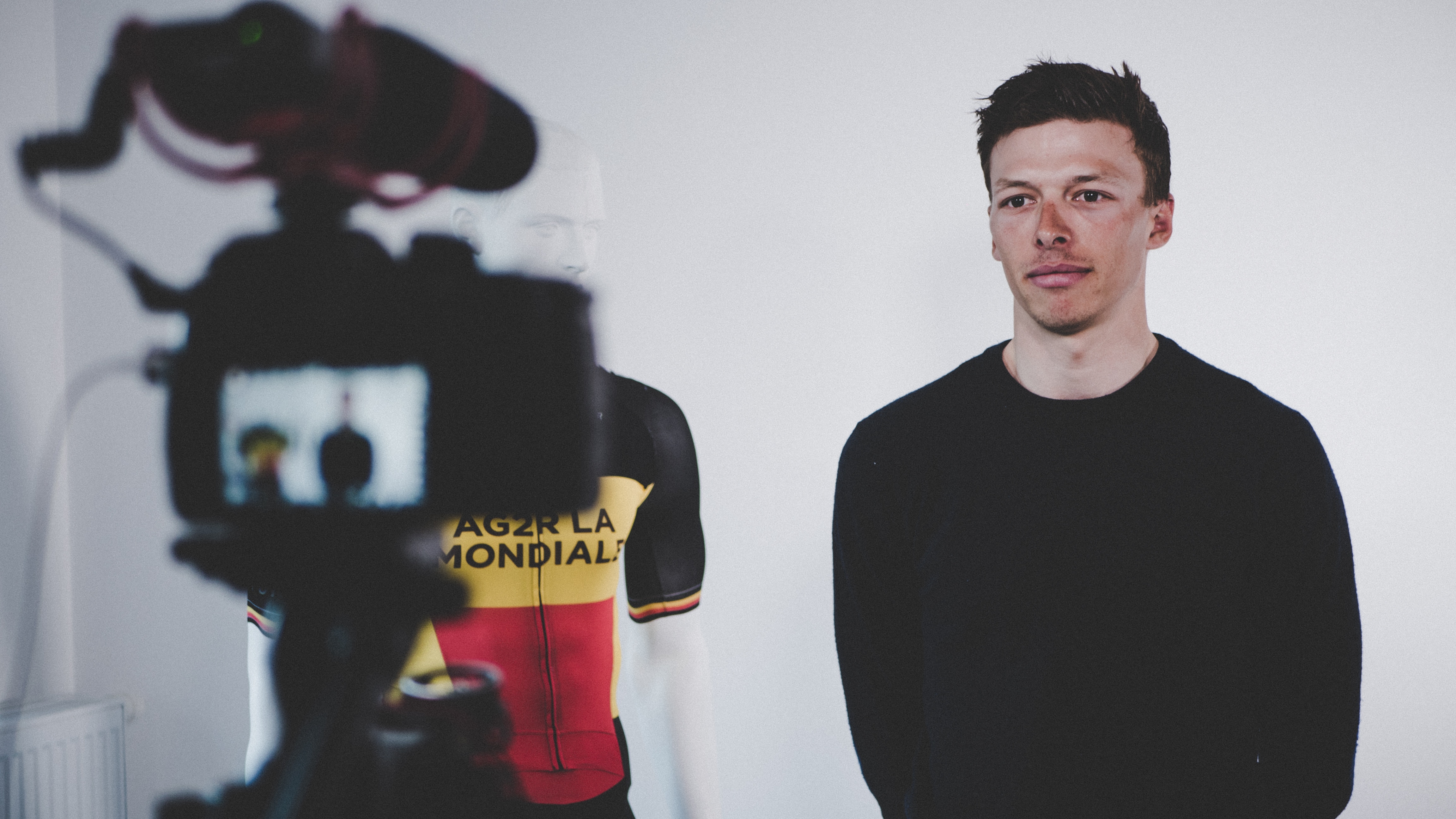Several resume rules are getting fuzzier as the web keeps on emerging as the top source for job seekers to find work and for employers to search for candidates. Since we show our faces on LinkedIn and Facebook and share our photos online, you may wonder if putting your photo on your resume is still taboo. The answer: “Yes, the no-photo rule still stands.” Understand this principle by checking resume formats online. Below are ways your photo may affect your resume. Read to discover more.

Ways Pictures Affect Resume Formats
It opens doors for discrimination issues.
Recruiters and hiring managers may face problems with resumes that have a photo for countless reasons. One main cause, though, relates to discrimination laws. Check online resume formats to be more precise on this issue. To consider factors such as race, age, gender, origin, religion, or disabilities in hiring decisions is unlawful. If you put your picture on your resume, you show these details and leave the firm vulnerable to discrimination issues. With this, a few recruiters reject resumes with photos to avoid possible accusations.
It wastes precious space.
As said by career experts, resumes should be long enough to convince hiring managers to invite you for an interview. It will be difficult to limit the length if you will add a picture. The photo will take up valuable space on your resume where you can already write your key skills and achievements that will help you win the job. Avoid it and spend more time on creating a well-crafted resume. True, it requires time, but the practice will help you. Analyze other resume formats because their makers know this well.
It makes you appear unprofessional.
If you put a photo on your resume, you’ll let recruiters judge you by your looks, hairstyle, and fashion sense instead of your professional credentials. Unless the job calls for a picture, such as modeling or acting, resist the urge to include one. It doesn’t matter if you’re an average Joe or a Hollywood celebrity—better not divert the recruiter from the key information on your resume. Save your photo for networking and LinkedIn and make sure it looks professional.
It scrawls your resume.
Large firms use an applicant tracking system or ATS and databases to digest resumes into standard chunks of text. Since a photo is non-standard, it can cause technical problems if the ATS cannot recognize the file or format. A potential boss may not have the time to input the data and just toss your resume away.
Recruiters and hiring managers may check your online profiles, but their main impression on you will come from your resume. If you’re a model or an actor, ignore the rule since your appearance counts. Likewise, if you’re applying as a pet groomer, your photo or that of your well-coiffed pup might give you the edge over other applicants. Yet if you’re outside the United States, follow local procedures. Some foreign companies require applicants to put photos on resumes. The Internet has tons of resume formats from foreign sources that may help you understand this practice.
The no-picture-on-resume rule is only a piece of advice. Decide for yourself. Focus on outlining your skills and experiences. Leave your haircut out of it. Your resume will help you secure an interview and/or work. Thus, you should let hiring personnel focus on your credentials rather than on your looks. An ideal resume must show you are the perfect candidate for the job by highlighting your accomplishments. Adding a photo to the package may not be a wise move.
For career tips and excellent resume formats, visit the website of one of the best providers of resume writing services, ResumeValley!
Sources: Resume.com, Flexjobs, Kickresume, Reach to Teach Recruiting
Image from Gratisography.com



